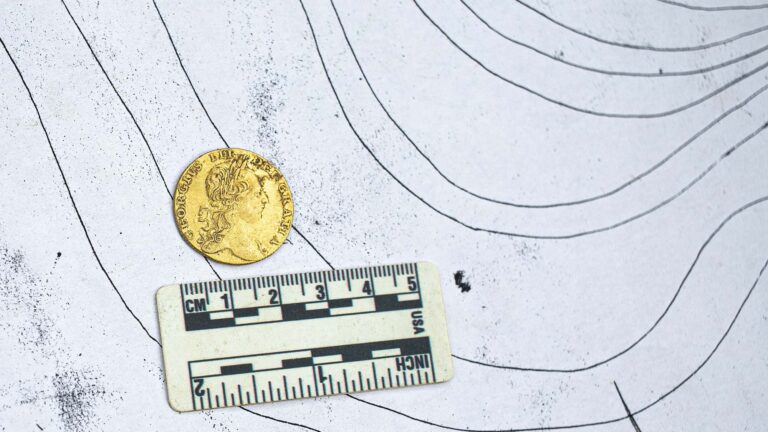
Battle Of Britain Hero’s Heart-Wrenching Reunion With Italian Girl’s Family Who Saved Him From Nazis
A former Battle of Britain hero has met with the daughter of a little girl who helped him escape from German forces nearly 80 years ago after his Spitfire was…









